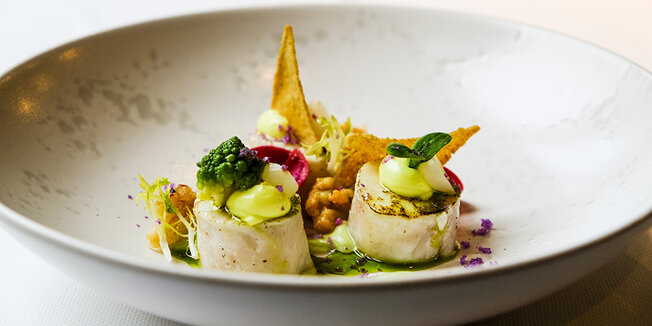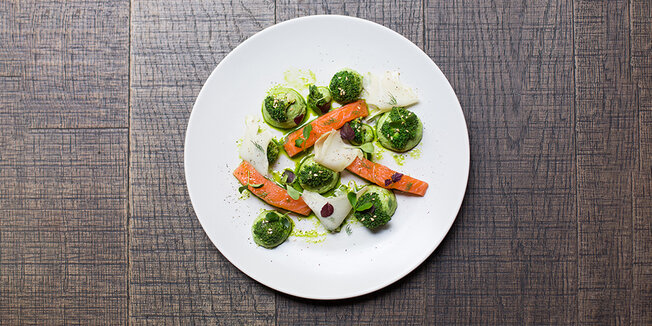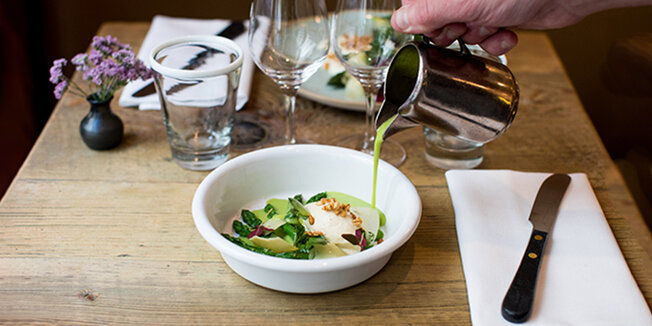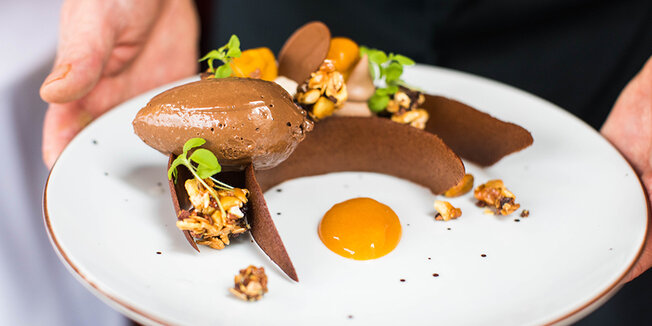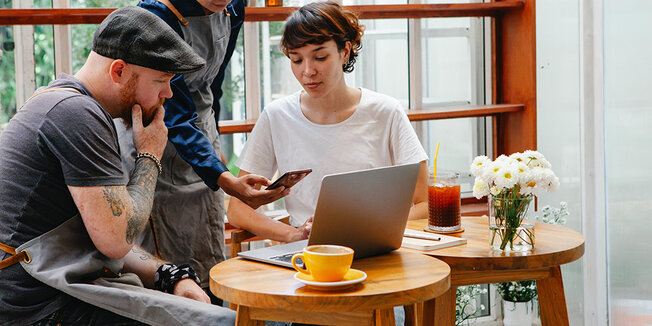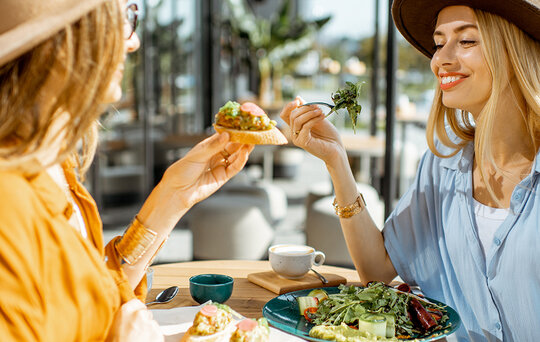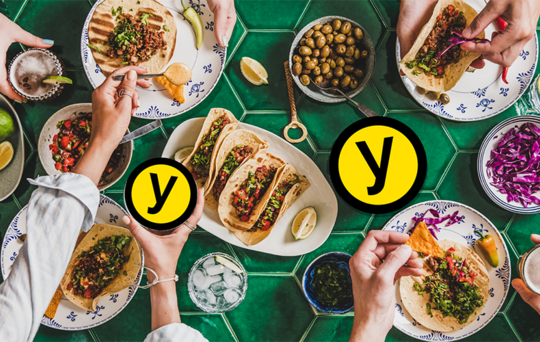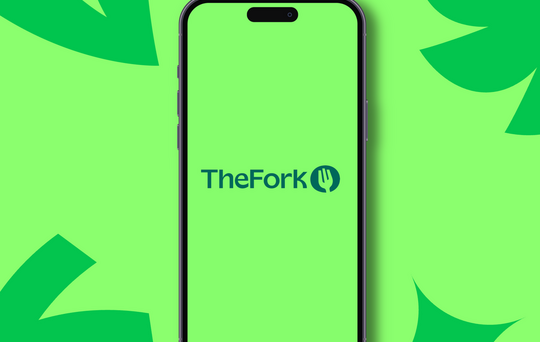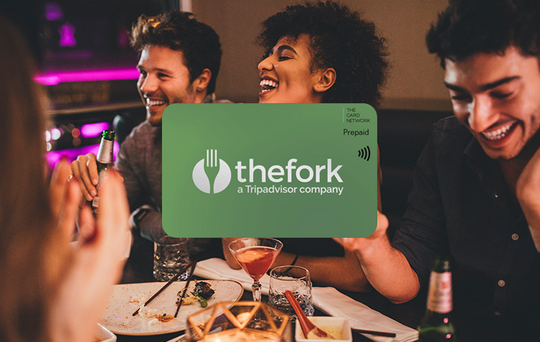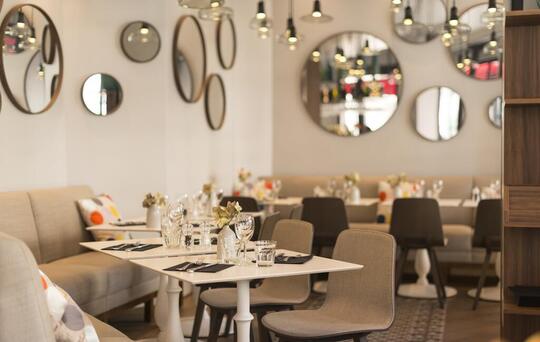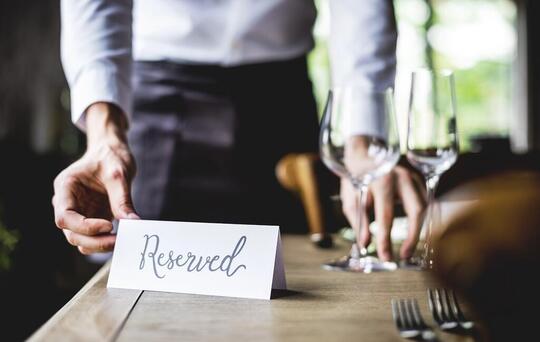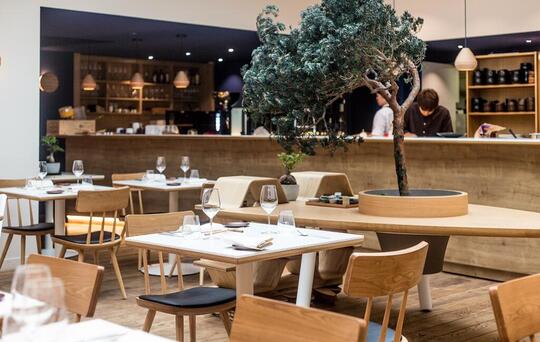7 Food photography tips for restaurants to take better photos starting today
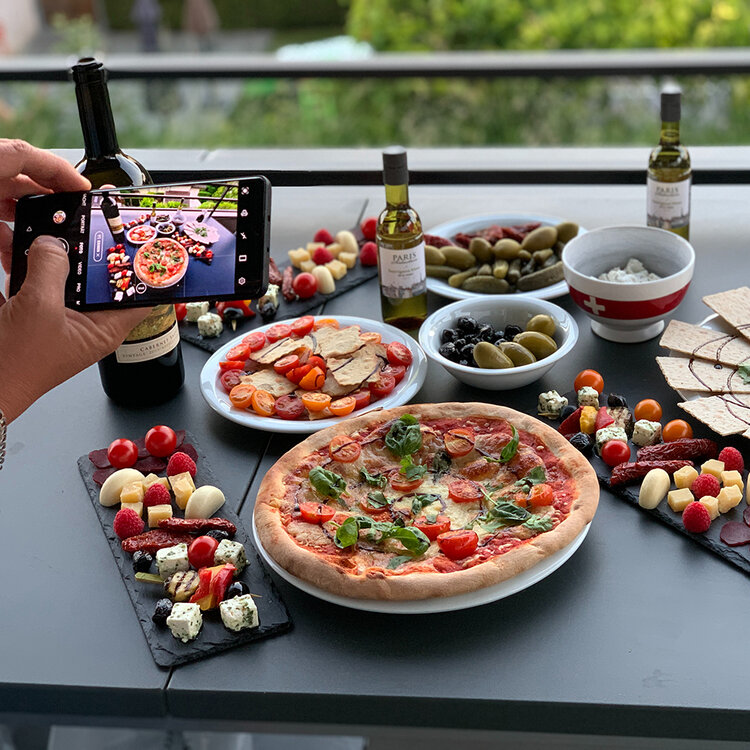
There's nothing that paints a better picture of your restaurant than actual pictures! Alongside your menu, your food photography acts as a major driver, transforming potential guests from hesitancy to reserving a table. In this article, we provide you with food photography tips that you can easily implement yourself, using just your mobile phone. This way, we'll guide you in capturing photos in and around your restaurant, ultimately attracting more guests.
Smartphone Photography Done Right
You don't need to be a professional photographer to snap a decent picture - although, of course, professional expertise does help. However, this article is all about how you can handle photography on your own, without the need for a professional photographer or equiptment. Most likely, you already carry a device in your pocket that's capable of capturing decent images. That's a great starting point for your new photo series, enabling you to enhance your restaurant's page on TheFork and boost the conversion rate of visitors to your restaurant page.
7 Tips for Food Photography Anyone Can Use
Crafting appealing photos of your dishes and restaurant using just your mobile phone is absolutely possible with the right techniques, which are equally applicable to those who happen to have access to a proper camera. Here are our 7 top tips to help you capture excellent photos:
1. Use Natural Light: Natural light is your greatest ally in food photography. Find a well-lit spot near a window or take your dishes outdoors to capture optimal lighting conditions. Avoid using the built-in flash, as it can produce harsh shadows and unnatural colors. Often, you can adjust lighting within your photo app by double-tapping, allowing you to choose the setting that showcases the dish best.
2. Choose a Simple Background: Opt for a clean and simple background that complements the dish without diverting attention. Solid-colored surfaces or minimalistic table settings work well, while busy or cluttered backgrounds should be avoided.
3. Compose with Care: Apply the rule of thirds by placing your main elements off-center to achieve a balanced and dynamic shot. Experiment with angles: capture overhead shots from a seat near a table, use 45-degree angles to present a dish as a guest would view it on their plate, and take close-ups to highlight intricate details. Use the phone's autofocus to lock onto the main subject, or tap the screen to set the focus manually.
4. Use props wisely: Occasionally, props like utensils, napkins, or ingredients can add context and interest to a shot. However, moderation is key – the dish should remain the central focus. Before taking the shot, quickly check to ensure everything appears neat without distracting elements around the plate or within the frame.
5. Don't Rely on a Single Perfect Shot: Capture multiple shots from different angles to increase your chances of obtaining a fantastic image. This also allows for more versatile use of photos (such as reusing the dish in your Instagram feed at a later time). Remember, patience is crucial; rushed photos often lack desired quality, appearing blurry or poorly lit.
6. Edit Your Photos… thoughtfully!: Editing apps can enhance the overall appearance of your photos. Adjust brightness, contrast, saturation, or crop out irrelevant elements to make your photos stand out. Popular editing apps include Adobe Lightroom, Snapseed, and VSCO. Most phones also include basic editing features in their standard photo gallery apps. Be cautious not to overdo it, as excessive editing can make your photos look unnatural or misleading. Strive for consistency and avoid heavy filters whenever possible.
7. Practice, Practice, Practice: Photography is an art. Therefore, take numerous shots from various angles and compositions. Review your shots, learning from what works and what doesn't. You'll quickly develop a sense of whether a photo is right or if it needs to be retaken. Refine your approach to present your dishes in the most enticing manner possible. The more you practice and experiment, the better you'll become at crafting those mouthwatering visuals.
Sharing Your Photos
Now that you're content with your photos, it's time for more people to view them. Your restaurant page on TheFork serves as the perfect platform to showcase your online business card to thousands of visitors. Instagram can help you get more guests through the door too - and for that, we wrote another article to help you get more reservations.
Uploading photos is simple via TheFork Manager on desktop or the app. Additionally, you can directly link photos to specific dishes on the menu, providing the most comprehensive experience possible on your page.
Transform Good Photos into More Guests
Would you like to attract more guests to your restaurant through your meticulously curated restaurant page with stunning photos? It's easily achievable. Share your contact info here, and let's work together to make it happen.

